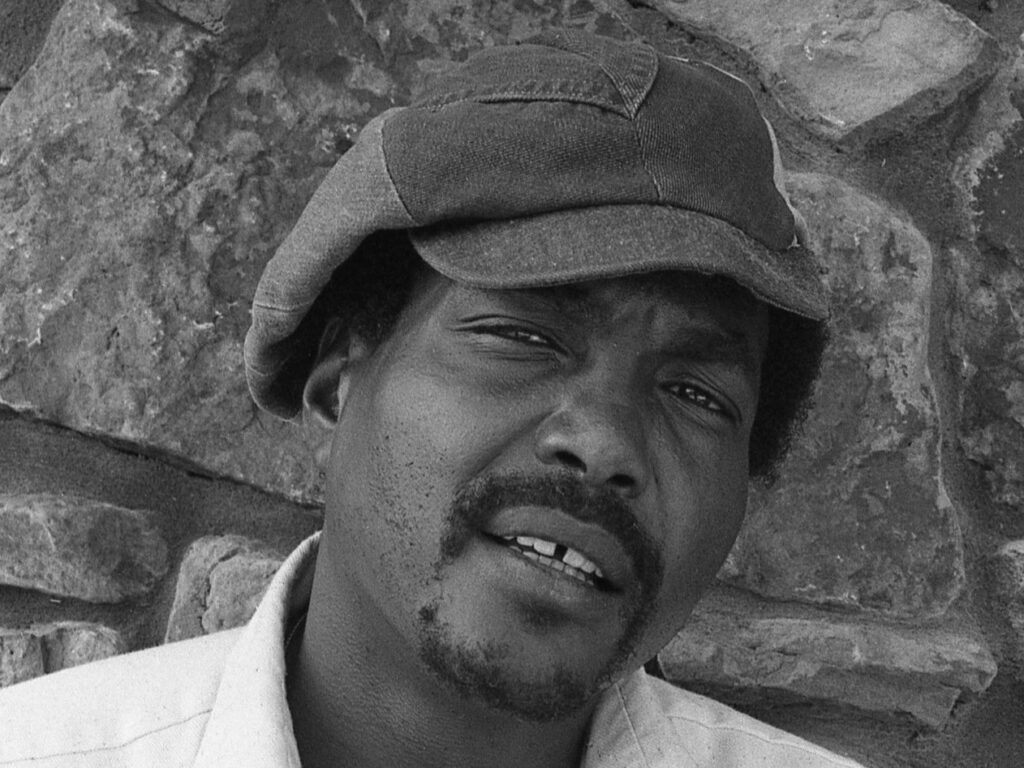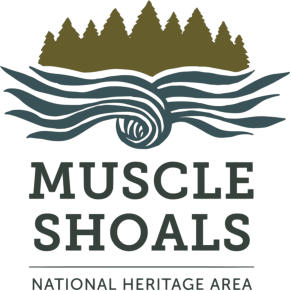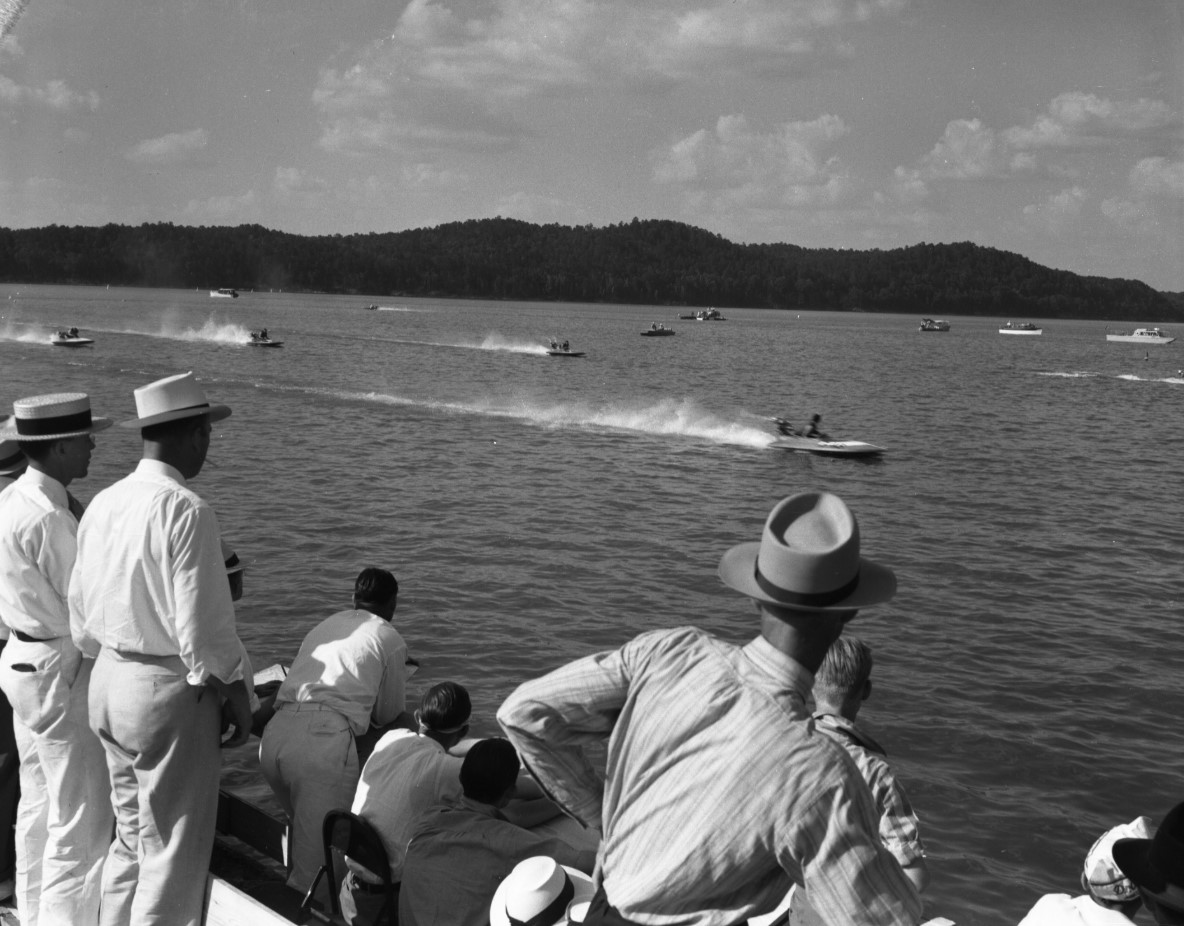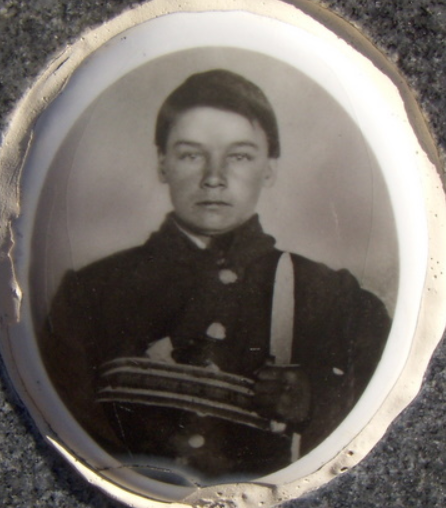By Jessie Todd Johnson
MSNHA graduate assistant
What do the Beatles, the Stones & Bob Dylan all have in common? I know, what a random grouping & bizarre riddle for me to ask us regular (passive?) music listeners. I’m sure the diehard music fans knew the answer immediately & are rolling their eyes at the rest of us. But all three have covered songs written and recorded by Arthur Alexander, a Shoals native. Researching & learning about Arthur Alexander & the Muscle Shoals Sound has changed my perception of music and maybe even moved me away from solely listening to podcasts & audiobooks. Alexander’s life has shown me the personal side of music history and has sparked my interest in how songs can go from a small-town recording studio to being covered by international artists.

Before sharing Alexander’s story, it is important to define what the Muscle Shoals Sound is. (I’ll try to do this to the best of my ability, but my understanding of musical technique is limited and my ability to understand the equipment used is next to none. This is my formal apology to you all, but I promise after this paragraph it gets better.) The phrase “the Muscle Shoals Sound” is used frequently when discussing not only the evolution of soul music but also the music history of our area. To state it plainly, the Muscle Shoals Sound boils down to the recording techniques used during production. The technique used to capture the Nashville Sound is the base of the Muscle Shoals Sound, and it primarily focuses on the bass & mix of vocals. What differentiates the Muscle Shoals Sound from Nashville is the present echo and the musicians’ open floor placement. But what really set the perimeters for the Muscle Shoals Sound is Alexander and his recording of “You Better Move On.”
Alexander was a bellhop at the Muscle Shoals Hotel and sang in a local group when he got a taste of the music industry by working with Tom Stafford. Alexander worked for Tom’s label, Spur, as a songwriter before recording a song of his own at FAME with Rick Hall. “You Better Move On” and Alexander’s style combined not only his R&B background but his love of country music, as well. This unique sound was the beginning of not only Alexander’s career but also the foundations of the Muscle Shoals Sound, which would come to define the area during the late 1960s & attract major artists to record here in the 1970s.
Alexander hit the big leagues when his single was picked up by Dot Records. But moving to Nashville studios hindered his success. The music that Dot pushed him to record was not his own and lacked the same emotion & tone as the song he recorded at FAME. His personal life reflected the same uncertainty as his professional life — Alexander struggled with addiction and issues within his family. It wasn’t until he recorded “Anna (Go to Him)” that Alexander received international attention. However, locally he was performing in the club scene instead of touring. The mid-’60s were not kind to Alexander: he and his wife divorced, his roommate overdosed and he seriously damaged his image by assaulting an officer while under the influence of drugs. However, his three-week tour in England in 1966 was the high point of his career and one he described as the happiest time of his life. Soul music was falling out of fashion in the US, but in the UK it was just gaining traction. This made Alexander & other soul artists inspirations for up-and-coming UK artists massively popular.
Sadly, the rest of the ’60s and ’70s were not as good. Alexander spent significant time in hospitals & mental health institutions for the greater part of a decade, releasing one last album in 1977. With his dreams crushed, Alexander moved into construction and then worked as a bus driver & maintenance man. However, the early 1990s saw his comeback. Alexander was inducted into the Alabama Music Hall of Fame, began recording again and had a tour lined up when he passed away on June 9, 1993. He is buried in Florence next to his oldest son.
Alexander pioneered the Muscle Shoals Sound and helped to move the local recording industry to the forefront of the nation. Still, he is not remembered by many Alabamians who are fans of his work. If it were not for my research, I would have never known that one of my favorite Beatles songs (“Anna (Go to Him)”) is in fact a cover! After listening to it for years, I finally listened to Alexander’s version and it is amazing & probably better than the Beatles’. Alexander’s music lives on and is available for streaming on Spotify & Apple Music.
This post is by no means comprehensive, so if you would like to know more about Alexander, I recommend his biography “Get a Shot of Rhythm & Blues: The Arthur Alexander Story,” by Richard Younger. If you are interested in the evolution of the recording industry in the Shoals and the Muscle Shoals Sound, then check out “Music and Mystique in Muscle Shoals”, by Christopher Reai. Both books are amazing and changed my perception of music, the music industry & artists.
Photo, by Dick Cooper, from Roots of American Music Trail website.
Note: This is part No. 1 of Johnson’s three-part series on Muscle Shoals music. Check back next week for part No. 2. ###






2 Responses
Excellent, Jessie! If you haven’t watched the documentary “Muscle Shoals,” it amazing.
Great recommendation, Tiffani. It’s available free on Peacock, YouTube & other platforms.